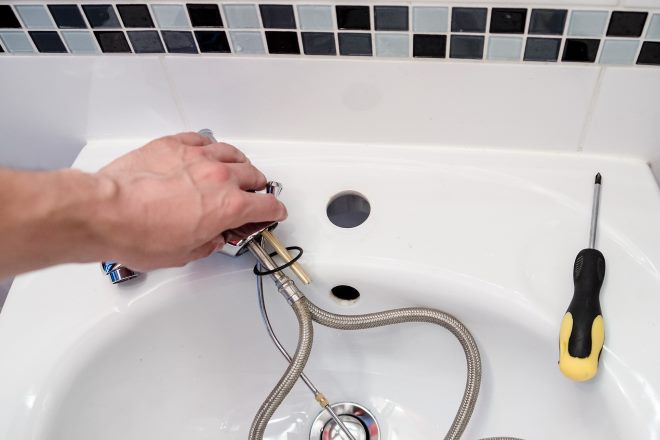Advancements in Fixed Wireless Access: A Leap in Broadband Connectivity
Introduction Imagine a world where connectivity is not limited by wires or cables, a world where high-speed internet access is available regardless of location. This is not a distant reality, but an ongoing development in the world of telecommunications, thanks to Fixed Wireless Access (FWA). Let's delve into the nuances of this remarkable technology and its potential to reshape internet access.

The Genesis and Evolution of Fixed Wireless Access
A relatively lesser-known domain within the vast telecommunications industry, Fixed Wireless Access, or FWA, has been around for quite some time. It started as an alternative connectivity solution in the early 2000s, primarily servicing remote or hard-to-reach areas where traditional wired connectivity was challenging. However, it was only with the advent of advanced wireless technologies that FWA started gaining traction.
The Current State of Fixed Wireless Access
With the continuous evolution of wireless technologies, FWA has come a long way. Today, it is being touted as a promising solution for delivering high-speed broadband access without the need for expensive cabling or infrastructure. It’s particularly being looked at as a cost-effective way to deliver internet access to less densely populated or rural areas, where laying traditional cables can be economically unfeasible.
The Impact of Fixed Wireless Access on the Telecom Industry
The implications of FWA are immense, not just from a connectivity perspective, but also in terms of the broader telecommunications industry. It holds the potential to bridge the digital divide, especially in regions where physical infrastructure is a constraint. However, implementing FWA to its full potential does not come without challenges. The technology is still in its development phase and requires significant investment and strategic planning.
Real-World Applications of Fixed Wireless Access
While the most obvious application of FWA is in providing broadband access, its potential uses are far more varied. For instance, FWA can be used to create temporary internet access at event venues, or it can provide backup connectivity for businesses, ensuring continuity in the event of cable or fiber outages.
The Future of Fixed Wireless Access: An Expert’s Perspective
Despite its challenges, the future of FWA looks promising. As wireless technologies continue to evolve, so will the capabilities of FWA. The next few years could see a rise in the adoption of FWA, particularly in regions where traditional wired internet access remains a challenge. It’s an exciting time for the telecom industry, with the potential to redefine the way we think about internet access.
In conclusion, Fixed Wireless Access represents a significant stride in the evolution of internet and telecom services. As we continue to rely heavily on internet connectivity, the need for flexible, reliable, and cost-effective solutions like FWA will only increase. It’s a space worth watching, for industry experts and consumers alike.




